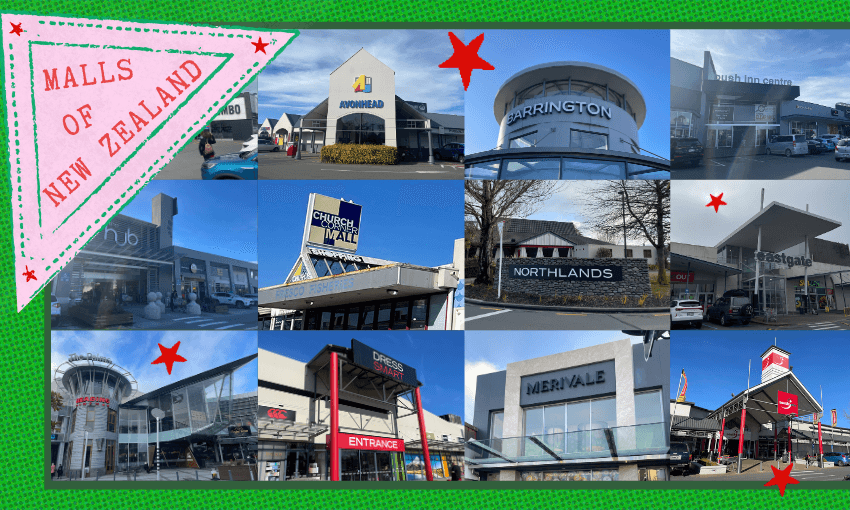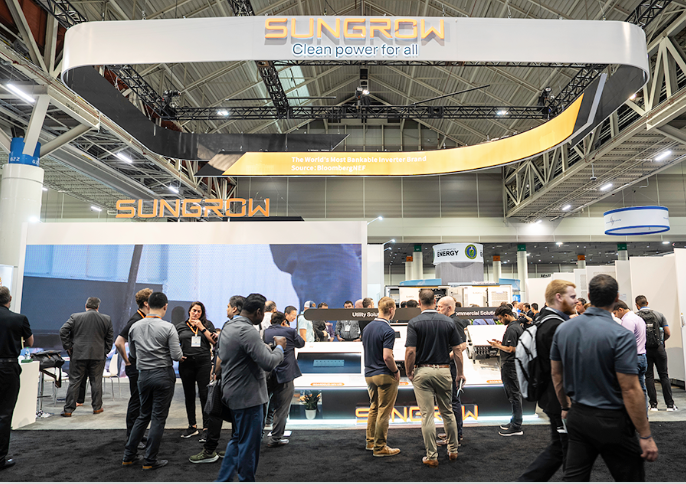I’ve never been one for prison tours, or scary outings in former psychiatric hospitals (which seem like poor taste), but there’s one prison visit that is so gripping I can’t recommend it highly enough.
It’s the Fremantle Prison tour in Western Australia, and it was made all the more interesting by our guide James, who barked orders at us to line up for roll call.
What better way to throw in those snippets about the brutal life of convicted petty criminals, thugs, fraudsters and killers in Australia over the past two centuries?
Fremantle Prison is a huge limestone edifice that sits on a low hill, dominating the landscape. It’s not the dour, dark stone of grim prisons like Mt Eden in Auckland, but it has all the other accoutrements of an old prison (barbed wire, lookout tower).
The prison was built by convict labour between 1852 and 1859. As James says, “First they had them build it, then they locked them up in it.”
Colleen Hawkes/Stuff
Fremantle Prison is an imposing edifice on a low hill, built from limestock blocks dug from the ground by convict labour. The first prisoners moved into the first block in 1855.
That building process involved digging out the limestone from the ground (with many dying in the process through drowning and heat exhaustion).
Life wasn’t any better inside. The original cells are miniscule – there’s a narrow hammock on one side, a tin for a toilet and a tiny table-top with a chair where they would eat their meals. When the prisoners went on strike for better conditions in the latter part of the 20th century, they were given new plastic buckets – plumbing was never on the agenda.
At some point some walls were knocked down to make some (not all) cells larger. They are still tiny spaces. Outside each cell, the inmate’s rap sheet was pinned up. One belonged to a woman who received three months hard labour for stealing a pair of baby shoes. It was not her first or her last offence – it appears she was in and out of prison all her adult life.
Other cells are eye-openers for another reason – some convicts painted their walls, and by that I mean they painted frescoes on the walls. These have been preserved, and one can only assume it helped to keep the inmates sane(ish).
The massive four-storey cell blocks are quiet now, but the echoes of the past resonate. Netting remains in some blocks, installed to stop suicide attempts. Guards would patrol the edges beneath the walkways to avoid being targeted by flying missiles. And they locked themselves behind bars when supervising the exercise yard. There was no such protection for the inmates.
Gallows room
We see the kitchen where meals were prepared, and the shower block, with its tiled half-walls, and then we are lead to the gallows room. At this point, James says it’s OK to wait on a bench outside if we don’t wish to enter. Nobody moves, and we all file into a room with a high gabled ceiling and a square fenced area in the middle, not unlike a boxing ring, but with timber railings, not ropes.
There’s a noose, and a trapdoor on the wooden floor in the centre. No-one takes photos. It’s too sobering. The platform would spring open, and the noose tighten with a jerk (James demonstrates) – they used a chair if the prisoner felt faint. It made no difference. The end was quick. In fact, the time between leading a prisoner from solitary confinement (shackled, with a cloth hood over the head) to the time of death was a mere 60 seconds.
There’s another floor below, where the deceased prisoner was dropped to the ground, and immediately removed out the back and buried in an unmarked grave with no ceremony.
Hangings were usually on a Monday morning at 8am and the condemned prisoner did get a last meal – a prison breakfast and a whiskey (optional). No special requests. Unbelievably, there were still hangings in the 1960s, with the last one in 1964, when serial killer Eric Edgar Cooke went to the gallows.
Fremantle Prison closed in 1991, three years after prisoners rioted and set fire to a cell block demanding better conditions. It’s not so long ago.
Colleen Hawkes
The exercise yard – there are new corrugated iron roofs, but otherwise everything remains as it was.
Colleen Hawkes
Frescoes even appeared on walls in the yard; at right is a rusted basketball hoop.
The tour I took was called Behind Bars. On my next visit I will take the Tunnels Tour – there’s a labyrinth of tunnels underground, built by shackled prisoners. Not to escape, mind you. But to bring water to the prison and town.
Warders Hotel
My prison “experience” extended to my accommodation at the boutique Warders Hotel, a couple of hundred metres back towards town. As the name suggests, the hotel was once the warders’ cottages.
Colleen Hawkes
Fremantle Prison is a heritage site with exceptional cultural heritage significance at state, national and international levels. It is the most intact of all Australian convict sites.
There are two double-storey limestone wings beautifully refurbished with modern amenities (air-conditioning, modern bathroom, kitchenette). There’s plenty of character – my room still had an old fireplace, exposed copper ducting, and the original timber floorboards feature throughout.
There’s something special about being surrounded by history, even when it’s sobering. But suffice to say, these cottages are far enough from the prison to have a completely different vibe – it’s a fun, hip place to stay, and it’s within walking distance of everything you could wish to see and do in Fremantle.
Supplied
The boutique heritage-listed Warders Hotel dates back to 1851 when the cottages were used for prison warders’ quarters.
Supplied
Rooms have been beautifully converted into luxurious suites.
The hotel has a great restaurant built into the courtyard of the cottages. Emily Taylor is an Asian-inspired kitchen and bar that’s very popular with the locals. There’s plenty of laughter and a welcome drink to be had at the end of a long day of sightseeing – or a prison tour.
Fact file:
The Behind Bars Tour at Fremantle Prison runs daily, every hour from 10.30am until 4.30pm, from A$22 (NZ$23) per adult. See: fremantleprison.com.au
Rooms at Warders Hotel from A$324 (NZ$352) per night. See: wardershotel.com.au
Getting there: Air New Zealand flies daily non-stop flights to Perth. See: airnewzealand.co.nz
Carbon footprint: Flying generates carbon emissions. To reduce your impact, consider other ways of travelling, amalgamate your trips, and when you need to fly, consider offsetting emissions.
The writer was a guest of Tourism Western Australia
Supplied
The Emily Taylor restaurant in the Warders Hotel courtyard offers indoor and outdoor dining.




















Discussion about this post